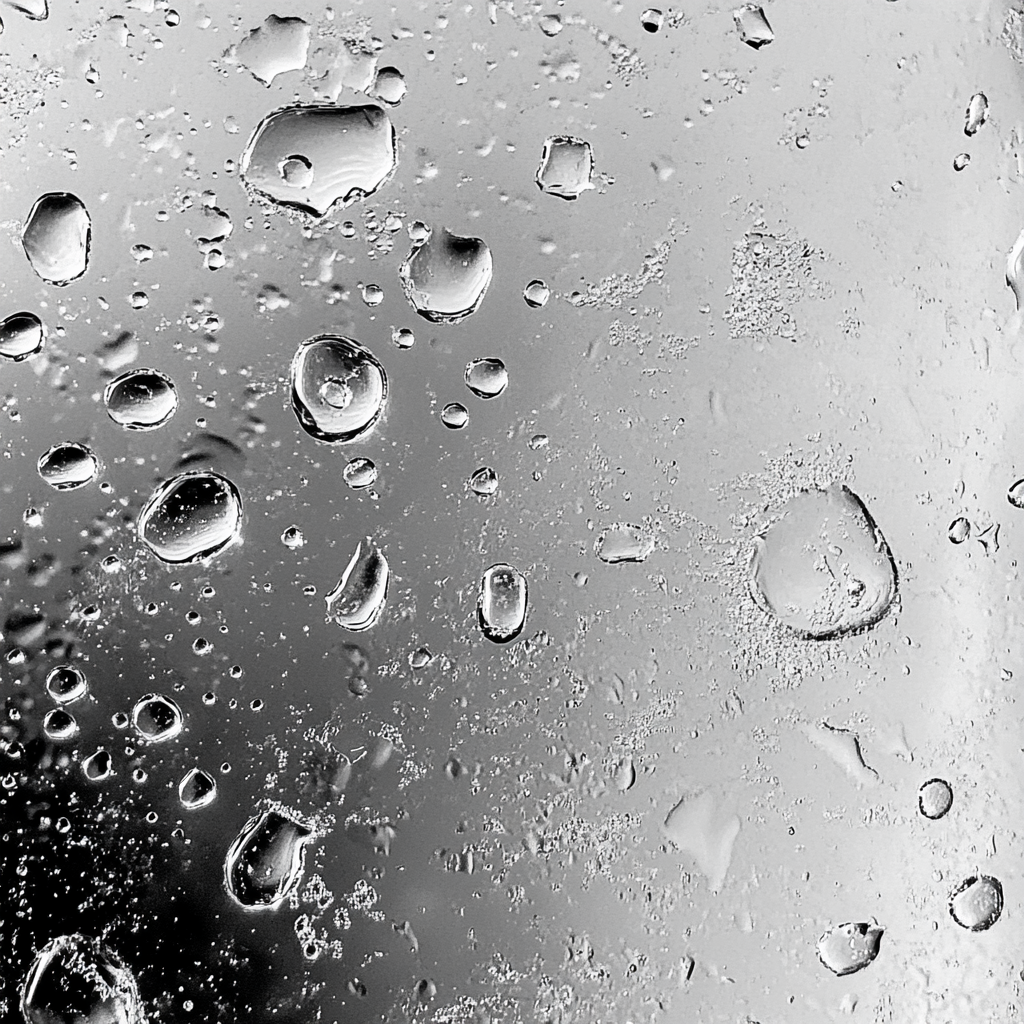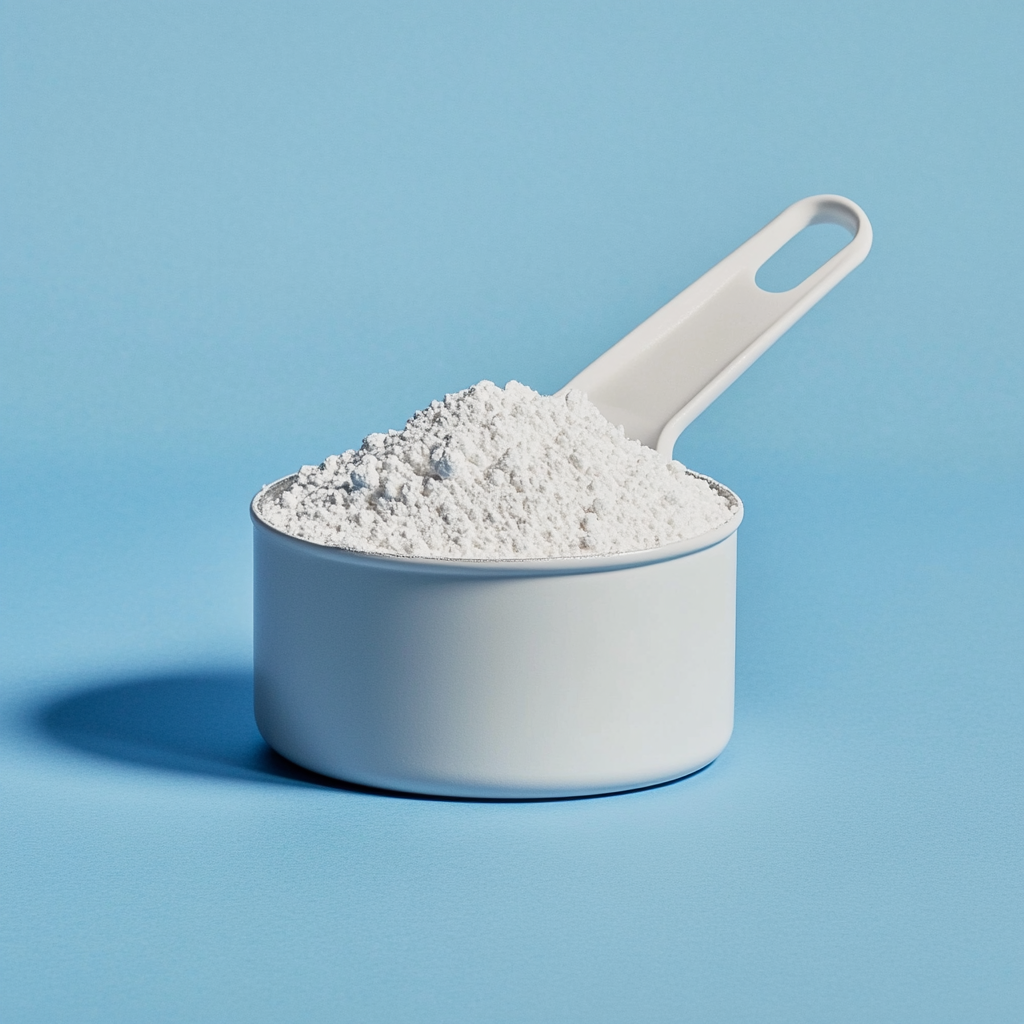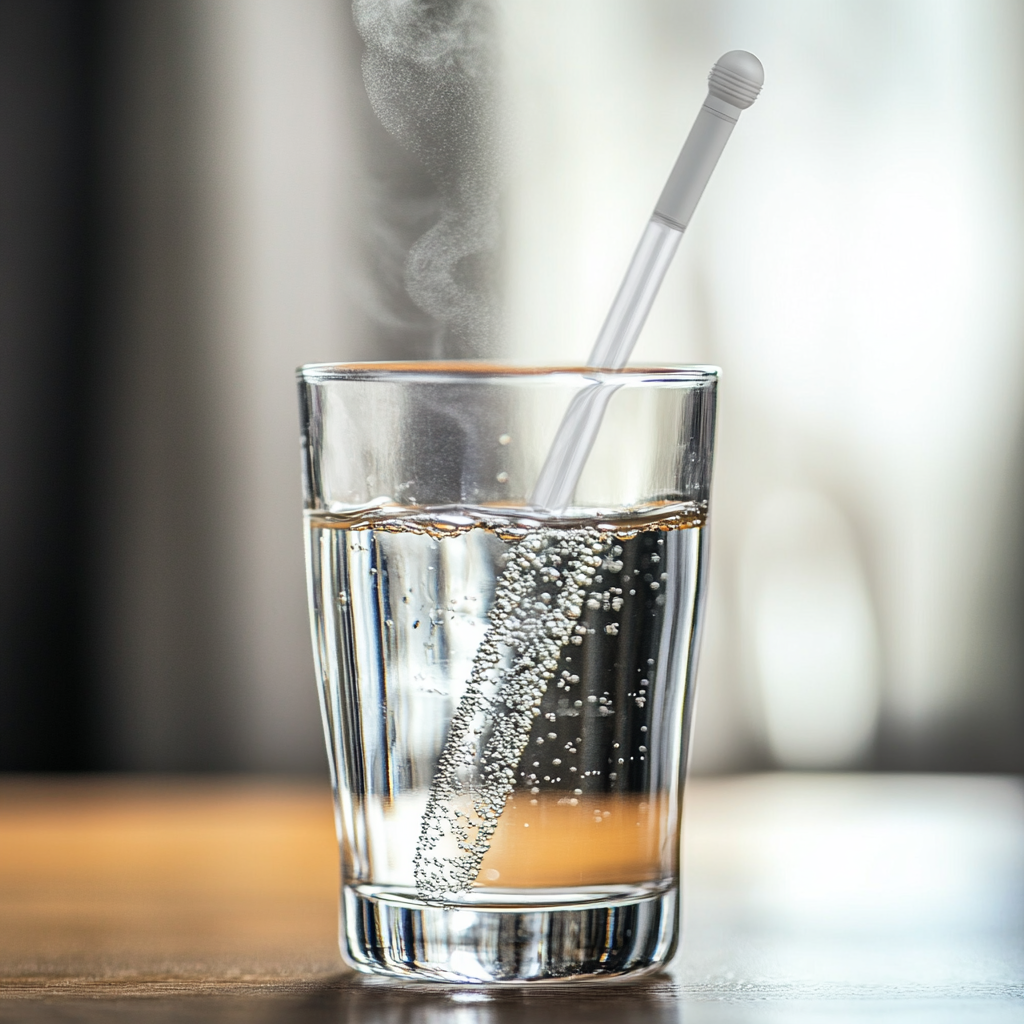Opening your dishwasher to find spotted, cloudy glasses can be incredibly frustrating. What’s even more annoying? Running them through another cycle rarely solves the problem. The truth is, those stubborn spots aren’t actually a sign of dirty dishes – they’re telling you something important about your home’s water quality and your dishwashing habits. Here’s what’s really happening behind those cloudy spots, and how you can finally get the crystal-clear results you want.
Hard water minerals are the main culprit

The most common reason for spotty glasses is hard water – water with high levels of minerals like calcium and magnesium. When water evaporates during the drying cycle, these minerals get left behind as white spots or a filmy residue. The higher your water’s mineral content, the more noticeable these spots become.
You can easily test if hard water is your problem by rubbing a vinegar-soaked cloth on a cloudy glass. If the cloudiness clears up, hard water deposits are definitely your culprit. This simple test can save you time and money trying other solutions that won’t address the root cause.
Installing a water softener system is the most permanent solution for hard water spots. While it’s a bigger investment upfront, it protects not just your glasses but also your appliances and plumbing from mineral buildup over time.
Your rinse aid reservoir might be empty
Rinse aid isn’t just an optional addition – it’s essential for spot-free dishes. This special solution changes how water behaves on your dishes, causing it to sheet off rather than form droplets that lead to spots. Without it, even soft water can leave marks.
The best rinse aids contain surfactants that lower surface tension, helping water slide completely off your glasses. Quality rinse aid products also speed up drying time, reducing the chance for spot formation.
Check your rinse aid levels monthly and refill when needed. Most modern dishwashers have an indicator light, but you can also mark your calendar for regular checks.
Using too much or wrong type of detergent

Surprisingly, using too much detergent can be just as problematic as using too little. Excess detergent doesn’t fully rinse away, leaving a film that attracts mineral deposits. This is especially true if you have soft water, which requires less detergent than hard water.
Low-quality detergents often contain fillers that can leave residue behind. Investing in premium dishwasher detergent specifically designed for your water type can make a significant difference in preventing spots.
Start by using slightly less detergent than recommended and adjust based on results. What works in one home might not work in another due to different water conditions.
Spray arms might be blocked or clogged
When spray arms can’t rotate freely or their holes are clogged with mineral deposits, water distribution becomes uneven. This leads to some glasses getting insufficient rinsing while others get too much water, both resulting in spots.
Monthly inspection and cleaning of spray arms can prevent this issue. Remove them carefully and clear any blockages using a thin wire or toothpick. Soak them in vinegar if mineral buildup is severe.
Test spray arm rotation before each load by spinning them manually. They should move freely without hitting any dishes or the walls of the dishwasher.
Water temperature isn’t hot enough

Water temperature plays a crucial role in preventing spots. If it’s too cool, detergent won’t dissolve properly and minerals won’t stay in suspension. The ideal temperature range is 120-140°F (49-60°C).
Run your kitchen tap until hot before starting the dishwasher. This ensures the first fill cycle uses properly heated water. Some newer models have built-in water heaters, but they still benefit from starting with hot water.
Check your water heater settings if spots persist. A simple adjustment could solve multiple cleaning issues throughout your home.
Loading patterns affect water distribution
Improper loading prevents thorough rinsing and creates areas where water can pool. Glasses should be angled, not placed flat, and shouldn’t touch each other. This allows water to drain completely instead of forming spots.
The upper rack is designed specifically for glasses, with tines spaced to hold them at the optimal angle. Avoid overcrowding – each glass needs space for water to circulate freely.
Consider the spray arm pattern when loading. Items directly above the arms might block water from reaching glasses on the upper rack.
Understanding these underlying causes of spots on glasses can transform your dishwashing results. Start by testing for hard water, then work through each potential issue systematically. Remember that prevention is easier than cure – regular maintenance and proper loading habits will keep your glasses sparkling load after load. With the right combination of quality products, proper technique, and regular maintenance, spotty glasses can become a thing of the past.
